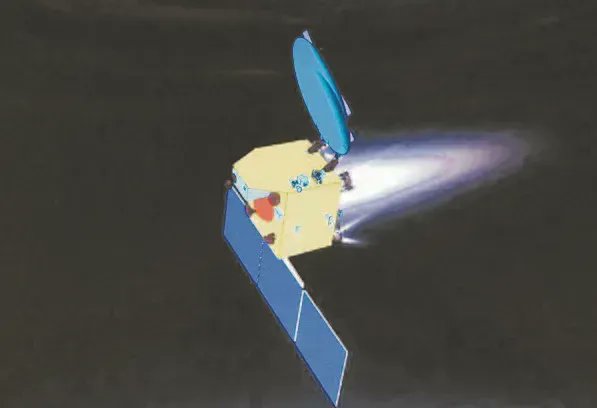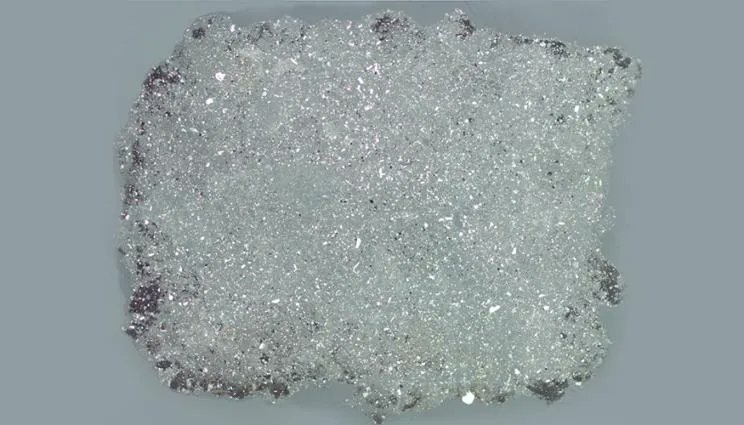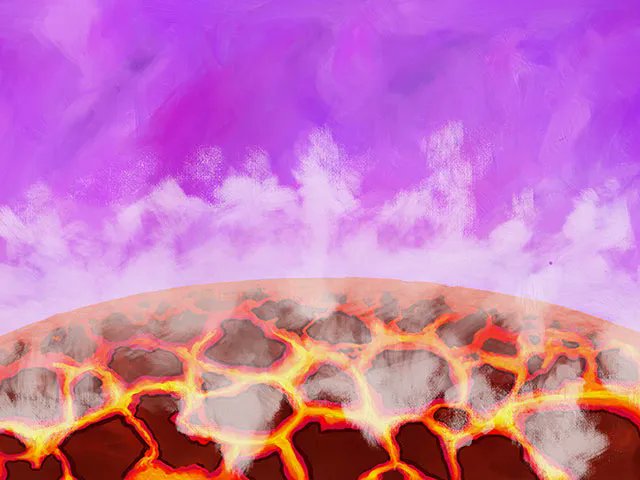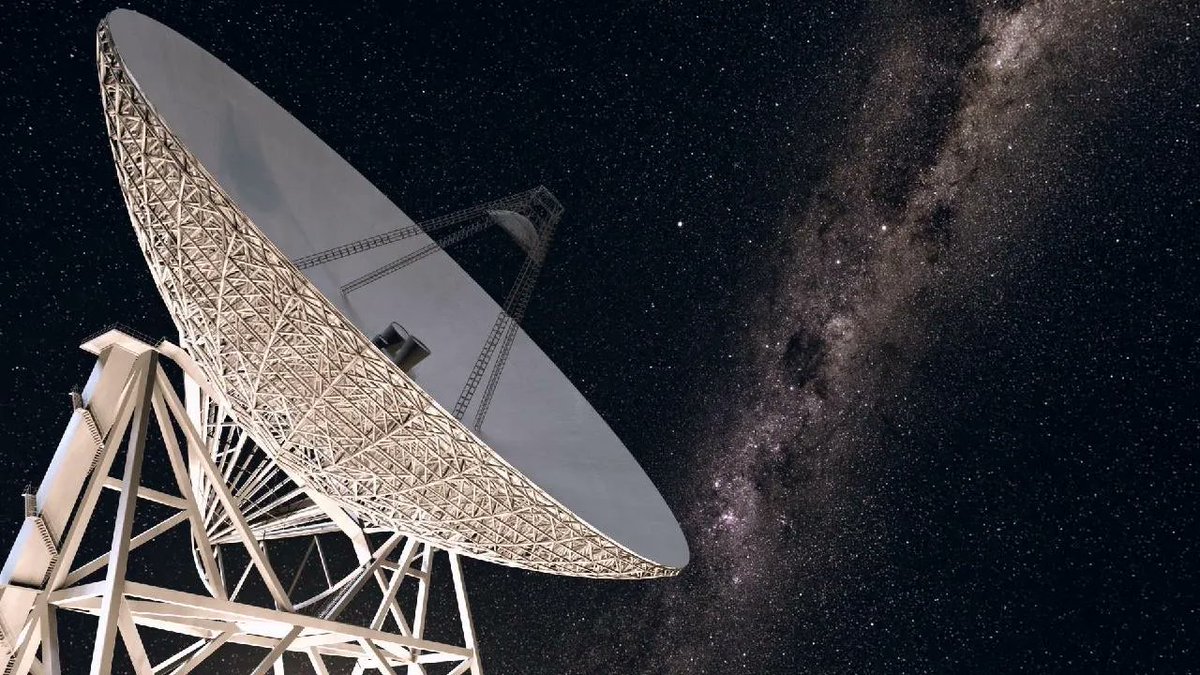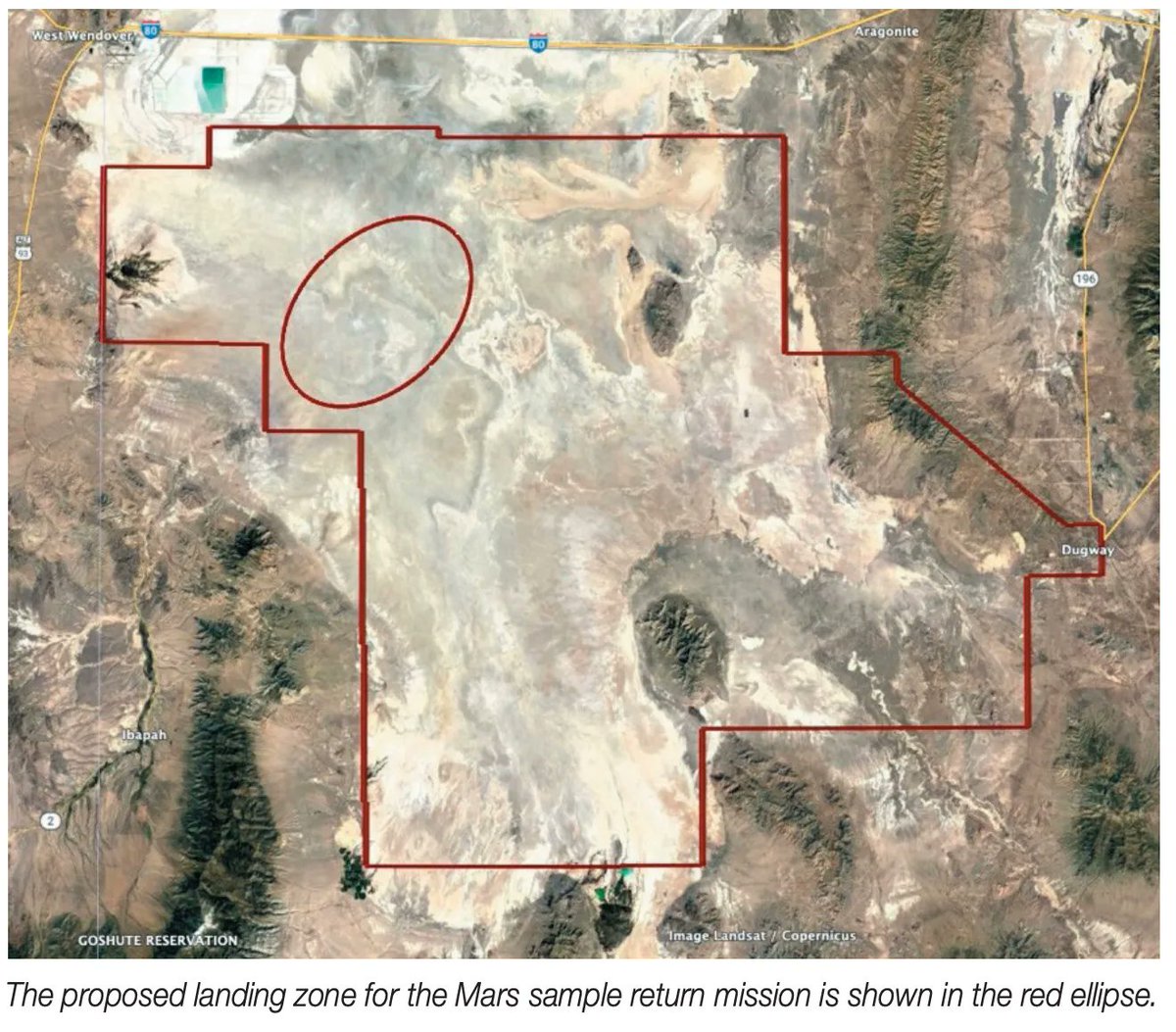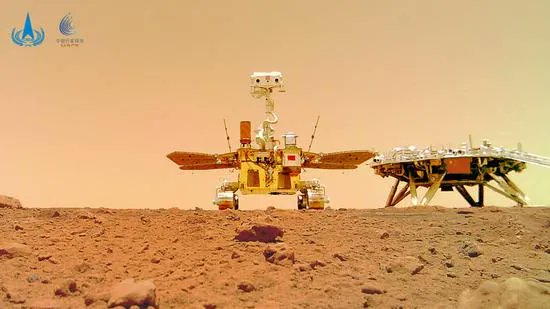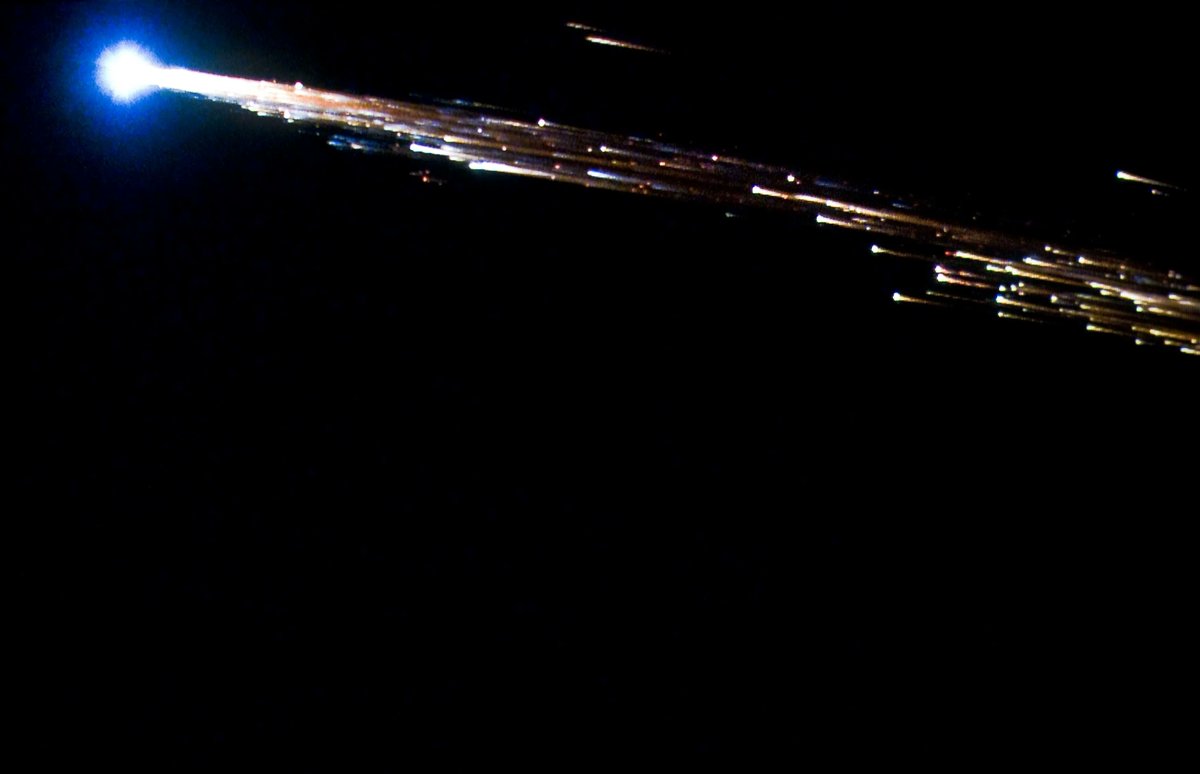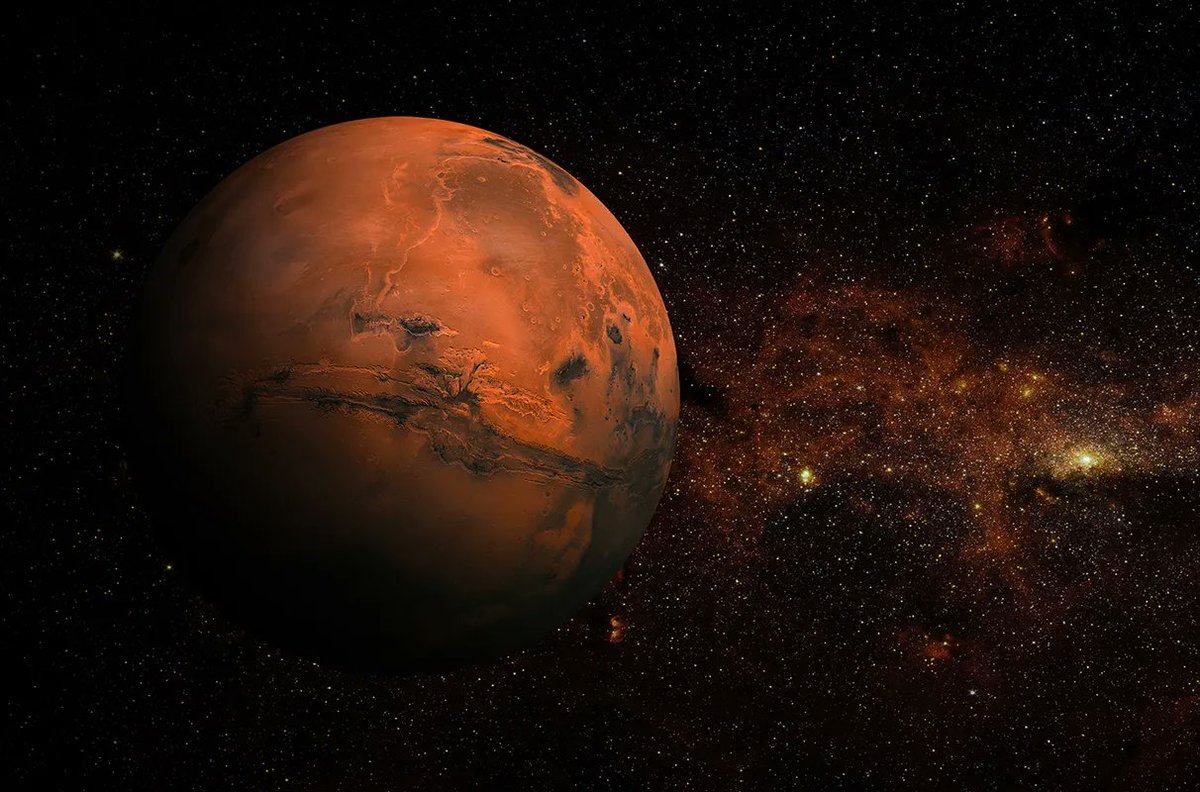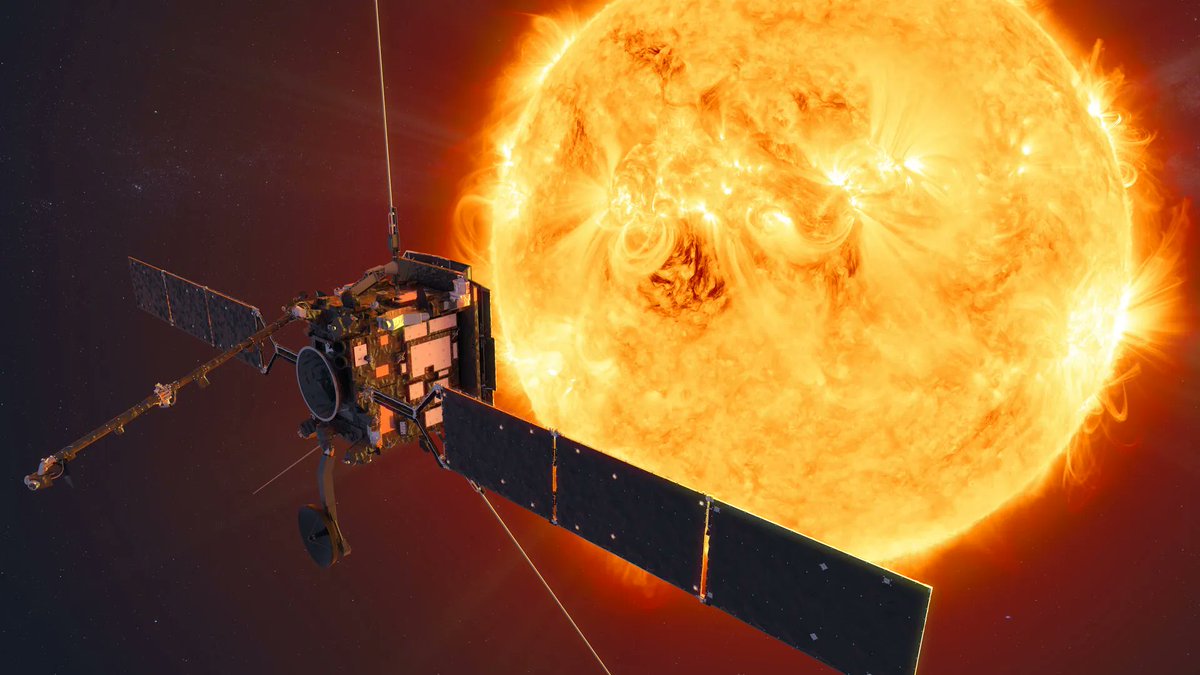There are plenty of interesting things about Uranus. Its season lasts as long as its day, it’s the second least-dense planet, and it has a collection of 27 moons. But maybe the most puzzling fact about Uranus is that it is the only planet that lines on its side – relative to its orbital plane, at least. The most common suggestion for why the planet is tilted 98 degrees on its axis is that it was struck by a series of large impacts early in the solar system’s formation. However, new studies from a team at the Sorbonne point to a potential alternative explanation – Uranus used to have another, larger moon that pulled it onto its side and then impacted the planet itself.
Continue reading “A Migrating Moon Might Have Turned Uranus Over on its Side”India’s Mars Orbiter Mission is Finally out of Fuel After 8 Years of Science Operations
Scientists and engineers seem to have difficulty coming up with estimated mission timelines for their space exploration projects. Most don’t even reach the first day after succumbing to one form or another of technical failure, sometimes resulting in a dramatic fireball. Others have missions that extend orders of magnitude longer than they were originally designed for. Such is the case for India’s first mission to the Red Planet, which finally seems to have run out of fuel eight years into its original six-month mission.
Continue reading “India’s Mars Orbiter Mission is Finally out of Fuel After 8 Years of Science Operations”Thanks to Hayabusa 2’s Samples, Scientists can Track the History of Ryugu Earlier in the History of the Solar System
When Huyabusa2 returned a sample of Ryugu, a Near Earth Asteroid, to Earth in December 2020, it was sure to light a bonfire of material science research. We’re starting to see the beginning of that, and a new study led by a scientist at Lawrence Livermore National Laboratory has found a particular grain in the sample Huyabusa2 collected that shows how the asteroid formed.
Continue reading “Thanks to Hayabusa 2’s Samples, Scientists can Track the History of Ryugu Earlier in the History of the Solar System”Earthlike Worlds With Oceans and Continents Could be Orbiting red Dwarfs, Detectable by James Webb
“Go then, there are other worlds than these.” Or so Stephen King said in his famous Dark Tower series. As of yet, none of those worlds are known to be like Earth. But, according to some new simulations by researchers at the National Astronomical Observatory of Japan (NAOJ), finding a genuinely Earth-like world might be in the cards by the decade’s end.
Continue reading “Earthlike Worlds With Oceans and Continents Could be Orbiting red Dwarfs, Detectable by James Webb”Construction Begins on the World’s Largest Steerable Radio Telescope
Radio astronomy has been in flux lately. With the permanent loss of the Arecibo telescope in Puerto Rico, a new global power has taken center stage in humanity’s search for radio signals – China. Recently the Chinese announced the start of work on a new milestone telescope, which will eventually make it the biggest moveable one in the world.
Continue reading “Construction Begins on the World’s Largest Steerable Radio Telescope”How Does NASA Plan to Keep Samples From Mars Safe From Contamination (and Contaminating) Earth?
NASA’s Mars Sample Return Mission is inching closer and closer. The overall mission architecture just hit a new milestone when Perseverance collected the first sample that will be sent back. But what happens once that sample actually gets here? NASA and its partner, ESA, are still working on that, but recently they released a fact sheet that covers what will happen during the first stage of that process – returning to the ground.
Continue reading “How Does NASA Plan to Keep Samples From Mars Safe From Contamination (and Contaminating) Earth?”China’s Zhurong Rover Looks Deep Underground and Sees Layers From Multiple Floods on Mars
Mars exploration has been ongoing for decades at this point, and some regions of the planet have become more interesting than others. Of particular interest is a basin known as Utopia Planitia. It was the site of the Viking-2 landing, one of the first-ever successful missions to Mars. From data collected during that mission, scientists developed a theory that the crater that formed Utopia might have been the site of an ancient ocean. New results from China’s Zhurong rover point to an even more exciting past – repeated flooding.
Continue reading “China’s Zhurong Rover Looks Deep Underground and Sees Layers From Multiple Floods on Mars”Companies Will Have Five Years to Dispose of Their Dead Satellites
Kessler syndrome seems to be a growing fear for those interested in space exploration. The condition where numerous non-functional pieces of junk block access to orbit appears to be inching closer to reality, spurred on by weekly news reports of dozens of more satellites launching that will eventually become precisely that kind of obsolete space junk. But that won’t happen if the US’s Federal Communications Commission (FCC) has anything to do with it – a new rule the commission adopted will require companies to deorbit their unused satellites in less than five years after decommissioning.
Continue reading “Companies Will Have Five Years to Dispose of Their Dead Satellites”Mars Rocks Have the Right raw Ingredients to 3D Print Everything From Tools to Rocket Parts
3D printing will be an absolutely critical technology as space exploration starts to take off. Initially, it will be impossible to individually manufacture every tool needed to create and sustain infrastructure in space. The only option will be to build some of those tools in space itself, in no small part, because it could potentially take months or even years to get to any area where the tools are manufactured. So any tool that can be created in situ is the best option available for early space explorers. Using materials like Martian regolith to 3D print those tools has long been an area of ongoing research. Now a team from Washington State University has successfully printed some tools using simulated Martian regolith, and they seem to work – up to a point.
Continue reading “Mars Rocks Have the Right raw Ingredients to 3D Print Everything From Tools to Rocket Parts”Solar Orbiter was hit by a Coronal Mass Ejection as it was About to Make a Flyby of Venus
Massive solar storms on the Sun are becoming more common as it moves into a period of increasing solar activity as part of Solar Cycle 25, which is expected to peak in 2025. There’s one spacecraft that will be very well placed to capture that increasing activity. Solar Orbiter is currently 25% of the way through its ten-year mission of observing the Sun. By 2025 it will be closer than ever to our parent star, and it has already started observing some fantastic phenomena from our Sun.
Continue reading “Solar Orbiter was hit by a Coronal Mass Ejection as it was About to Make a Flyby of Venus”

